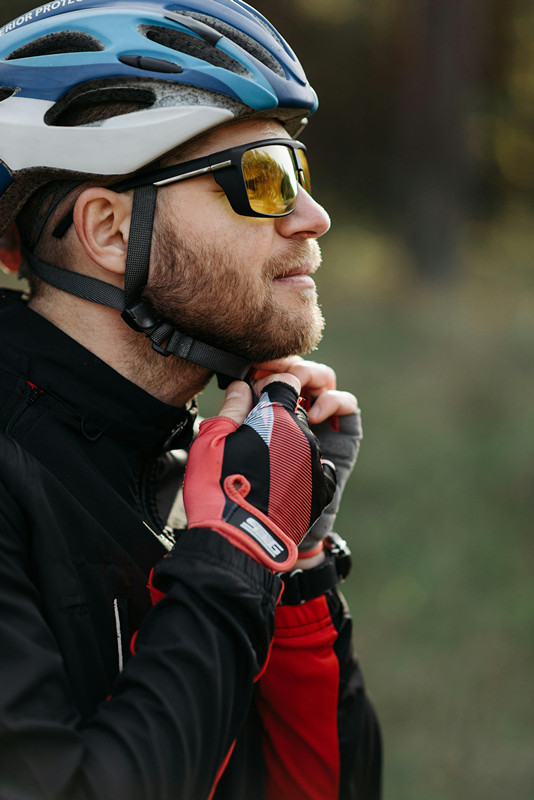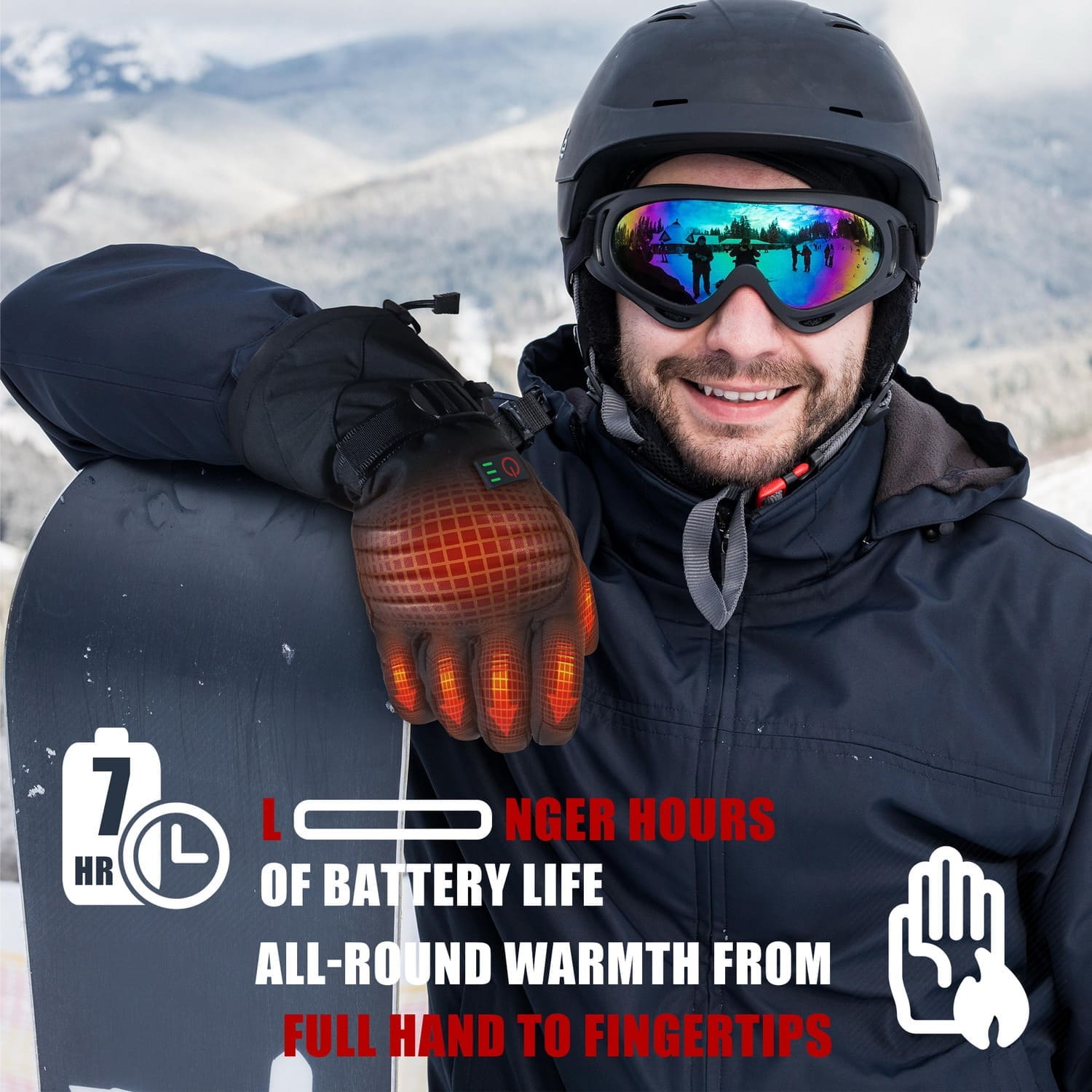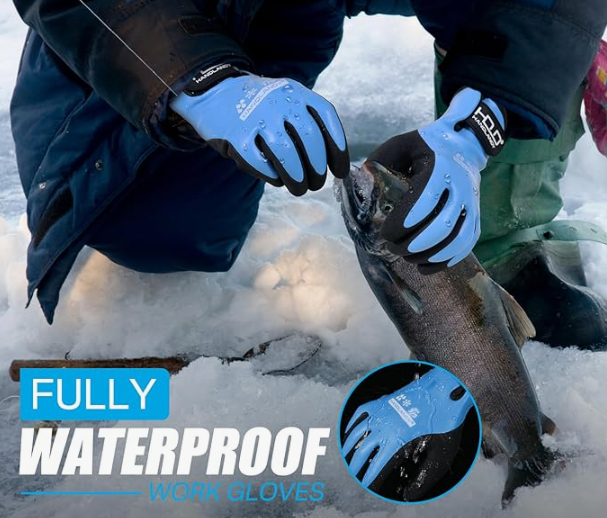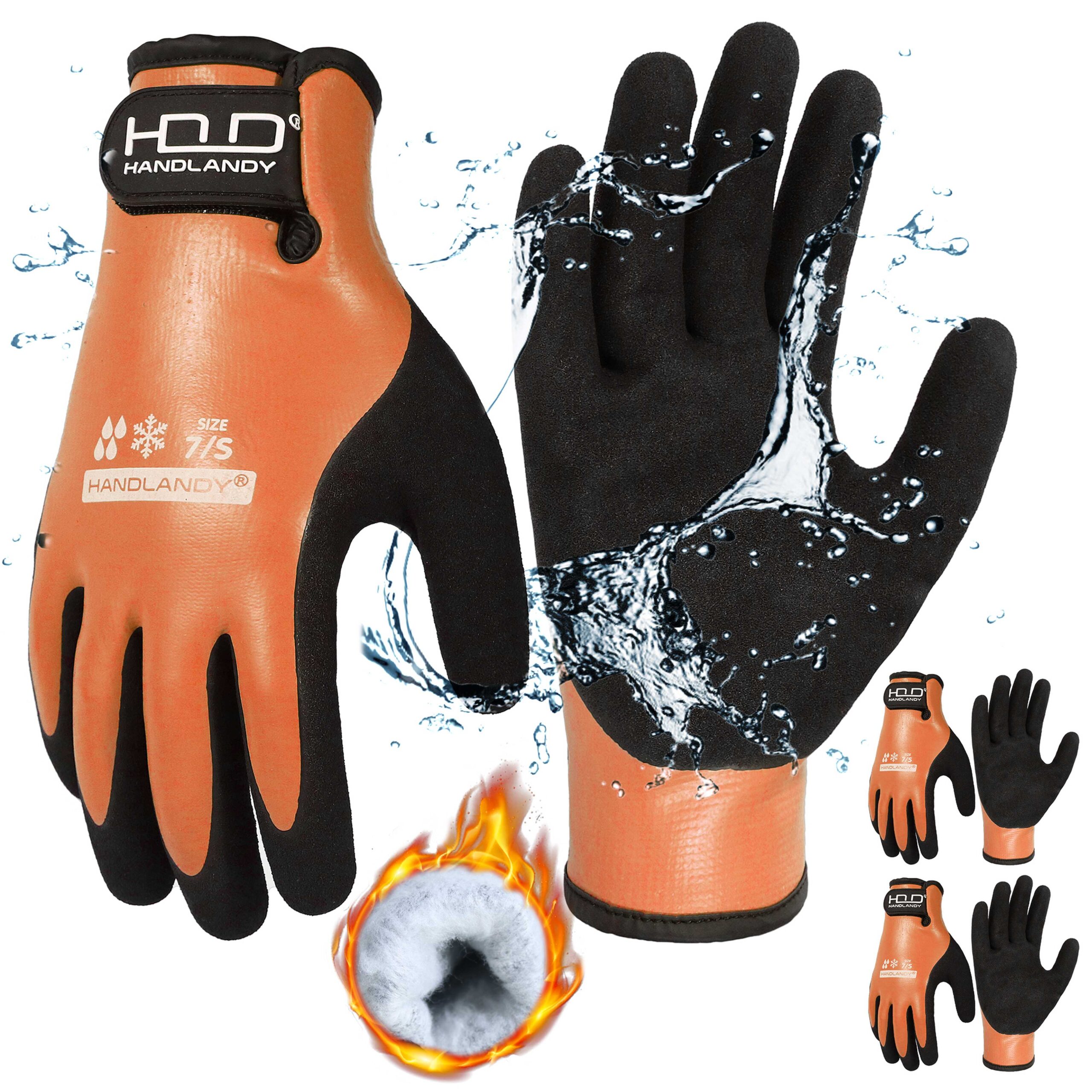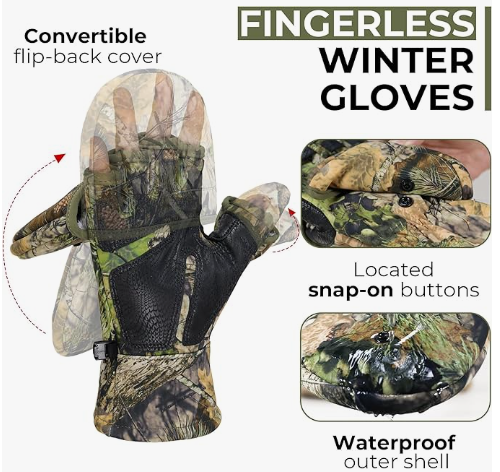When choosing cycling gloves for your market, understanding the difference between water-resistant and waterproof gloves is key. Depending on the conditions your customers face, picking the right type of glove can make a huge difference in comfort and performance. Let’s break down the key differences and when each type of glove is best suited.
What’s the Difference Between Water-Resistant and Waterproof Gloves?
Water-Resistant Gloves
Water-resistant gloves provide protection against light rain or mist. They are designed to repel water, but over time or in heavy rain, moisture can penetrate them. These gloves are typically made from lighter materials, making them more breathable, and are ideal for short rides or moderate weather conditions.
Waterproof Gloves
Waterproof gloves, on the other hand, are designed to completely block water from getting through, even in heavy rain. They usually have sealed seams and materials like Gore-Tex or neoprene, which prevent water penetration. These gloves are often bulkier and less breathable, but they keep hands dry no matter how wet it gets.
When to Choose Water-Resistant Gloves
Best for Mild or Mixed Weather
Water-resistant gloves are a great option for climates where rain is light or infrequent. They provide enough protection to keep hands dry in misty conditions while allowing for good airflow, making them more comfortable for longer rides.
Breathability and Flexibility
Since water-resistant gloves are generally thinner, they offer better breathability. This makes them ideal for spring or fall rides when you might experience a mix of cool and mild weather. Cyclists who prioritize comfort and airflow over full water protection will appreciate the flexibility of these gloves.
Ideal for Road Cycling
Road cyclists and commuters often prefer water-resistant gloves because they are less bulky and allow for greater dexterity. This is especially important for handling gears, brakes, and handlebars comfortably over long distances.
When to Choose Waterproof Gloves
Best for Wet and Cold Conditions
If your market includes customers who cycle in heavy rain or cold, wet conditions, waterproof gloves are a must. They are fully sealed, meaning no water can get in, keeping hands dry and warm even during extended rides in bad weather.
Insulation for Winter Rides
Many waterproof gloves are also insulated to protect against the cold. This makes them ideal for winter riding, as they provide both warmth and protection from rain and snow. For mountain bikers or those riding in harsh conditions, this level of protection is essential.
Trade-off with Breathability
One downside to waterproof gloves is that they tend to be less breathable. If riders wear them in warmer conditions, their hands might get sweaty. However, for cyclists who prioritize staying dry in heavy rain, this trade-off is worth it.
How to Choose for Your Market
Consider Climate and Typical Conditions
The first factor to consider is the climate of the region you’re targeting. If your market is in a place with frequent heavy rain or cold winters, waterproof gloves will likely be more in demand. In contrast, if your customers cycle in mild, variable weather, water-resistant gloves may be a better fit.
Type of Cyclists
For road cyclists or commuters, lightweight water-resistant gloves are often preferred for their comfort and flexibility. For mountain bikers or those tackling more rugged, wet conditions, waterproof gloves offer the protection needed for more extreme environments.
Customization Options
If you’re offering custom cycling gloves, consider adding options that suit different weather conditions. You might offer water-resistant gloves for urban cyclists, and waterproof gloves with insulation for colder, wetter climates.
Conclusion
Both water-resistant and waterproof gloves have their place, depending on the weather conditions and the type of cycling your customers do. Understanding your market’s needs will help you choose the best option. If you want to offer your clients the best protection for their rides, be sure to tailor your product line to the conditions they face. Whether it’s water-resistant gloves for mild days or fully waterproof gloves for extreme weather, you can provide the right solution to keep cyclists comfortable and protected.
By considering the climate, type of cyclist, and customization options, you’ll be better positioned to meet your customers’ needs.

